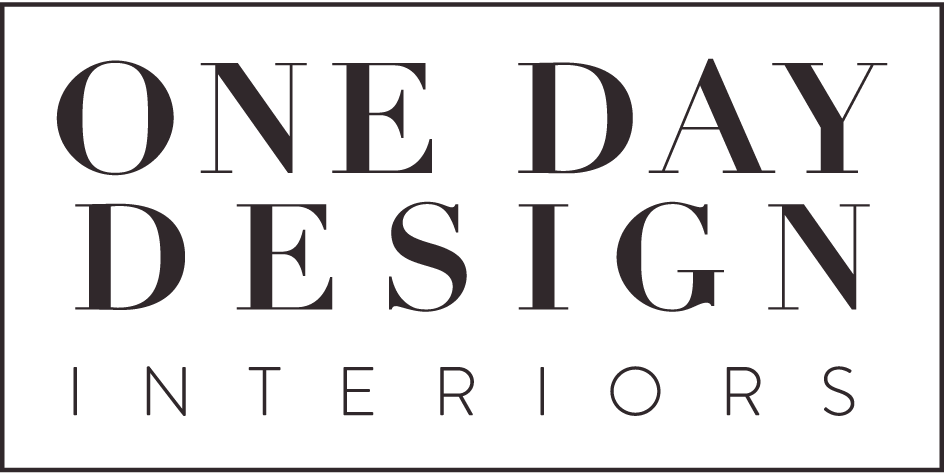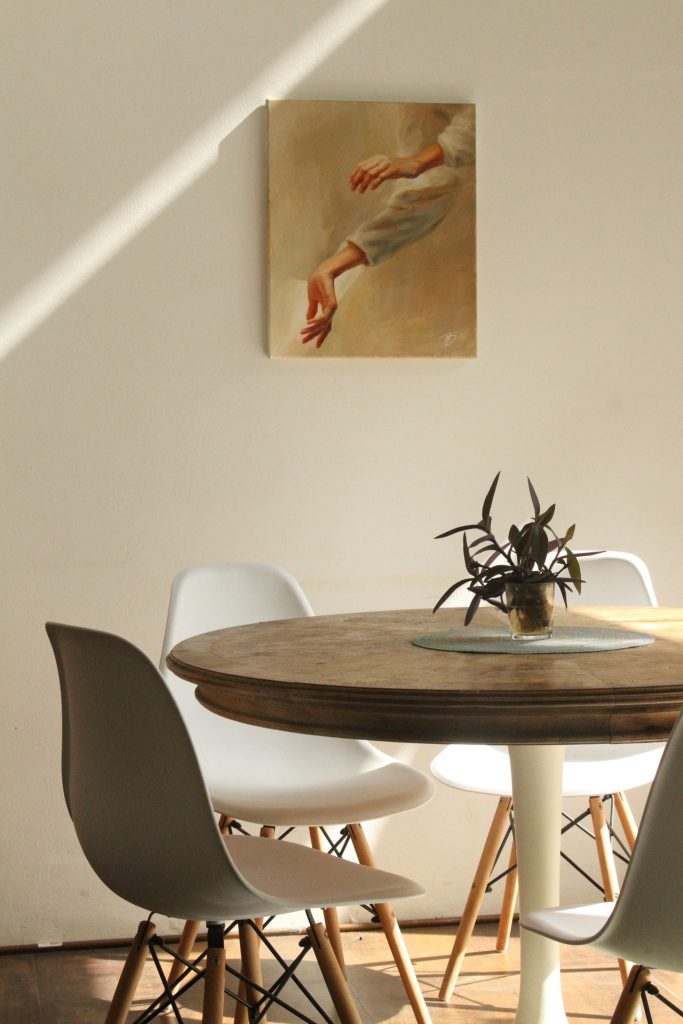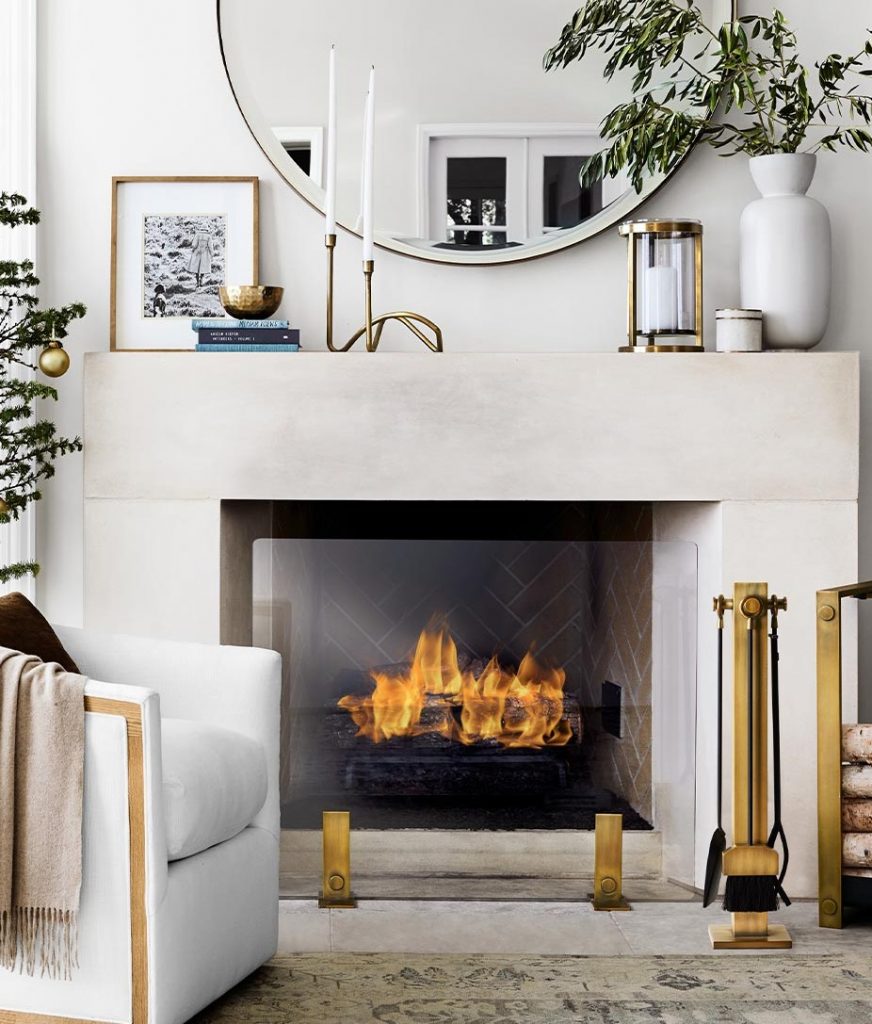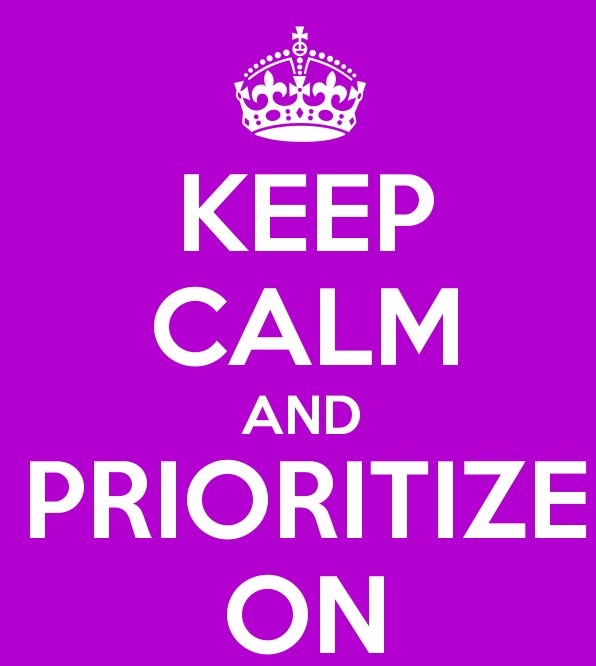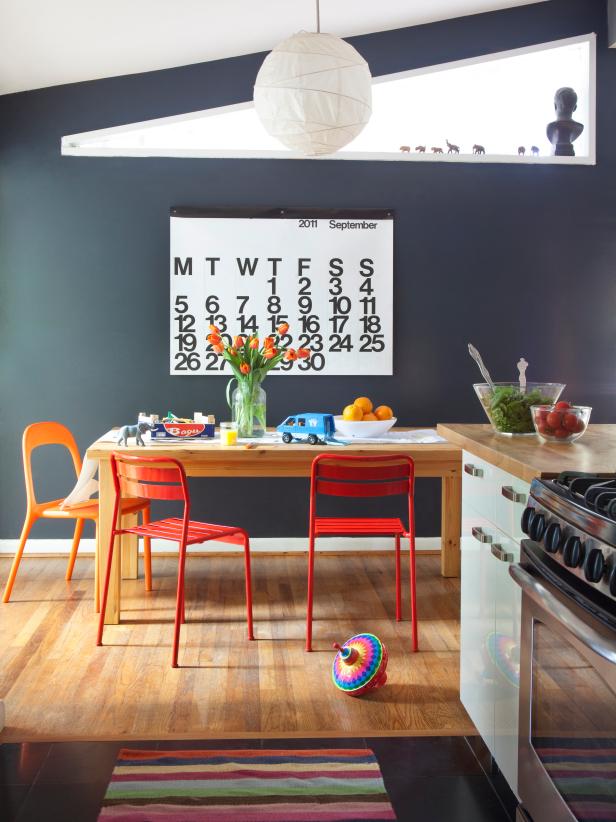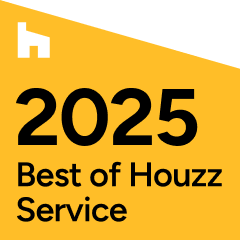I have often worked with people who haven’t used a designer before.
And that can be both exciting and scary for them all at the same time when they don’t know what to expect or what to do to get ready.
Which has prompted me to put together this guide for getting the most out of your interior design consultation. It’s the way to maximize what your designer can do for you in your time together.
If you have a smaller project the initial consultation may be all you need to guide you. So one more reason to get the most out of it for design ideas, advice and feedback you need in a DIY Plan. I like to give my clients their Plan by the time we’re done so they can get started a soon as they want. Some designers may send it later, so just ask to know what to expect.
If you have a larger project that will need on-going support, your consultation will also be the guidelines your designer works within to focus on what’s important to you in the project, process and design. It’s what will help them help you.
“Getting ready for what your designer will need to know will maximize what they can do for you in your time together.”
Knowing Your Style
Your inspiration photos will tell your designer so much more than even your style and color palette. They’ll pick up on a lot of design details like art styles, room moods, how much or how little you like to use color.
But even before you show them your inspiration, go through your Houzz ideabooks or Pinterest boards with an eye to editing them down to what are your favorites. And be sure they are all captioned with what you liked about it (or didn’t), so your designer knows what to pay attention to and what to ignore.
- A designer will often be able to finesse your styles to better fit you & your home.
- Or help two of you with different styles see how they can work together.
Knowing How You Want to Live in Your Space
The heart of any really successful design is always the functionality of the space for the people living in it. So your designer will want to understand how you live in the space. Or how you would like to live in it, if it’s not working well, or you need to give the room a new use. Your designers’ role is to find visually creative, individualized solutions for your lifestyle needs, wants and wishes. So have your list ready for things like
- Anything that needs to stay?
- Planning a new use?
- Functionality problems that need to be solved?
- What are your must-haves?
- Anything you always wanted?
Knowing Your Priorities
It’s important to decide how you want to prioritize your homes project so your designer knows what to focus on. I know, we’d all like everything, right? But it works much better when we choose the most important ones and stay on that track. And letting your designer know at the start will make for the best working relationship so the types of ideas and services they use on your project are a good fit.
Decide what is most important to you about
- The Finished Design: Is it quality, style, or functionality?
- The Design Process: Is it convenience, investment or the timeline?
- If doing phases: In what order & timeline do you want them done?
Knowing How You Like to Make Decisions
Your designer will want to know your decision-making style too. It’s one more way that will help them understand how to best work with you when making design choices so it’s a comfortable process for you. For instance:
- Do you want to make decisions with just the support of your designer?
- Or do you find all the options overwhelming and it’s easier to have a couple of good choices with your designers’ recommendation for the best one?
Knowing Your Investment
The price range of design choices a designer can choose from for you will vary widely. Options can be anything from a handcrafted original to an attractive stocked piece. So to show you options that can be implemented, they will need to understand what you’re planning to invest overall, and sometimes in the major pieces that are most important to you as well.
- Decide what you are comfortable investing, allowing a contingency for the unexpected and extras you may want later.
- If you don’t know what a project like yours might cost, check similar project ranges in your region. (Houzz.com’s annual surveys are helpful, along with others.)
- Even if not everything can be done that you’d like, your designer can guide you on where to best use your funds for the biggest design impact.
Knowing Your House (Tour)
Even if you are not doing a whole home project, your designer will still want to see your overall home so they can design the spaces you’re focusing on in context with the surrounding ones.
(And you don’t need to worry about passing the “white glove test” everywhere, just know a quick house tour will be part of your time together.)
Knowing Your Timeline
Your designer will want to know what your hoped-for timeline is so they can keep it in mind as they are managing the schedule and the project progresses.
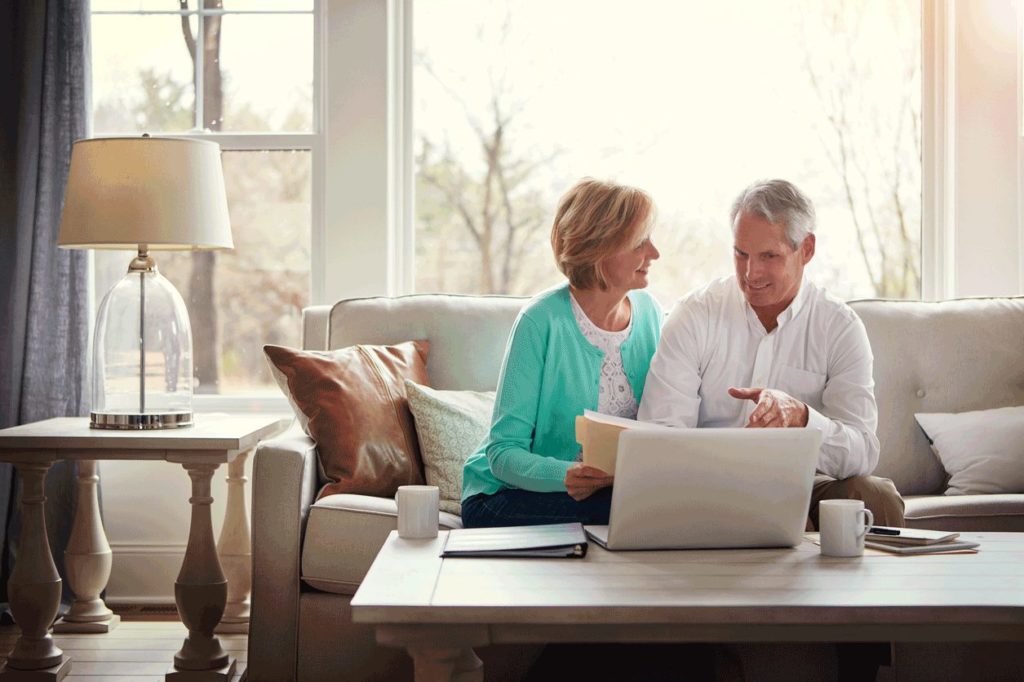
Understanding the Working Agreement
If your project is larger, and you want on-going support, your designer will have a working agreement with you. Be sure you review and understand everything so you know how you will be working together. Common areas it can included are:
- Project scope
- Deliverables
- Purchasing services
- Fee schedule
- Permission to photograph the project
It’s a good feeling when you know ahead of time what to expect and how to efficiently navigate your design consultation to get the most out of it by already having done what I call your “Homework”.
And you are ready for design ideas, advice and feedback, and answers to your questions so you can start a smaller DIY project. Or have your designer begin the plan for a larger, on-going project. For more information, visit our service page.
